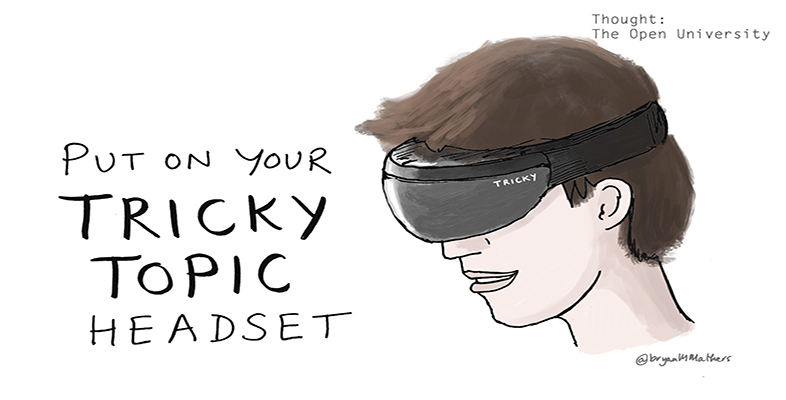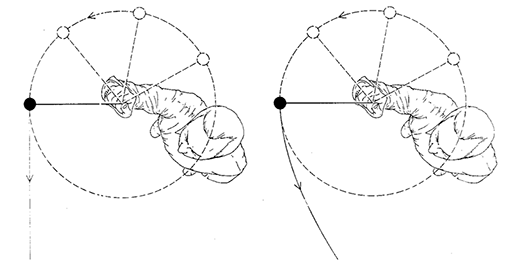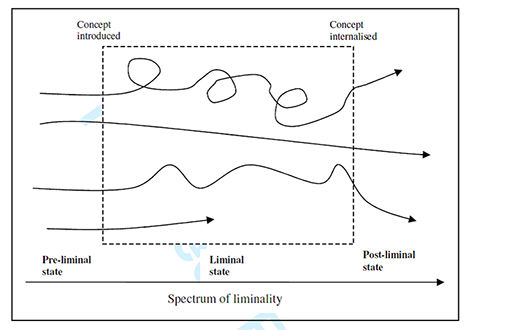1.1 Why do misunderstandings occur in threshold concepts?
Why do some topics present a threshold concept for many students, yet other seemingly equally complex topics do not? Much research on threshold concepts and the causes of student misconceptions has focused on the sciences and mathematics. For example, research has highlighted that ‘intuitive beliefs’ lie at the bottom of many misconceptions. Intuitive beliefs are assumptions that students make about the world around them. Sometimes these beliefs are mistaken, yet they are so engrained that students may not even realise they are making them. These intuitive beliefs may therefore persist until they clash with new knowledge. At this point, students need to identify and ‘unlearn’ these intuitive beliefs in order to assimilate the new knowledge.
Intuitive beliefs lie at the origin of a diverse range of misconceptions in biology (Coley and Tanner, 2012). These misconceptions lead to basic misunderstandings which impair the students’ ability to understand biological concepts. For example, a common type of causal reasoning presupposes that all actions are directed toward some sort of goal, even assuming agency in non-living objects, ‘the rocks were pointy so that animals wouldn’t sit on them and smash them’. In Biology, this goal-driven assumption often results in students of all levels explaining biological processes with reference to a supposed purpose or goal. For example, some students believe that evolution is caused by a ‘collective striving toward higher forms of life’. This belief, which is intuitively appealing, mistakes evolution for a purpose rather than a process. Students who hold this belief will have a fundamental misunderstanding of evolutionary theory (a threshold concept) and as a result, would struggle to understand the threshold concept genetic drift which relies on an understanding of the role of natural selection in evolutionary theory.
Such misconceptions are not limited to the field of Biology. Students of Physics, even at university level, reveal equally fundamental misunderstandings. For example, many are unclear on how a moving object will behave in different situations. Circular impetus theory holds that if an object is moving in a curve, say a ball being swung on the end of a string, that when released the ball will continue to follow the curved path. This theory is intuitively attractive, yet factually incorrect since the ball will actually move off in a straight line at a tangent to its original circular path (see Figure 3).
McCloskey (1983) reported that only 51% of college level students were able to correctly predict the path of a ball released in such a fashion, the remainder preferring some variant of the intuitive explanation, showing a lack of understanding of Newtonian theories.
In order to master a threshold concept, the theory suggests that students may travel through a tunnel or ‘liminal space’ (see Figure 4) where they ‘get stuck’ and may be in a state of uncertainty. Flanagan et al. (2010) define the liminal state as an ever-changing process, where students live with this uncertainty as they search for an understanding and begin to focus in on the concept.
Students adopt a range of strategies to cope with threshold concepts. Mimicry (Harlow et al., 2011) is often used by students and results in a situation where the students may appear to have understood because they can repeat the information verbatim, but then this apparent understanding breaks down when the student is required to use the knowledge in practice.


